DIY Dawn Powerwash Recipe: Unleash the cleaning power you never knew you had! Are you tired of spending a fortune on cleaning supplies that promise the world but deliver mediocre results? I know I was! That’s why I dove headfirst into the world of DIY cleaning solutions, and let me tell you, I struck gold with this incredible Dawn Powerwash recipe.
For generations, resourceful homemakers have been concocting their own cleaning solutions, drawing upon the wisdom passed down through families. This isn’t just about saving money; it’s about taking control of what you bring into your home and reducing your reliance on harsh chemicals. Think of it as a modern twist on age-old traditions!
This DIY Dawn Powerwash recipe is a game-changer because it’s incredibly effective, surprisingly simple to make, and significantly cheaper than store-bought alternatives. We all want a sparkling clean home without breaking the bank or exposing our families to unnecessary toxins, right? This recipe allows you to do just that. Plus, who doesn’t love the satisfaction of creating something amazing with their own two hands? Get ready to ditch those expensive sprays and embrace the power of homemade cleaning!
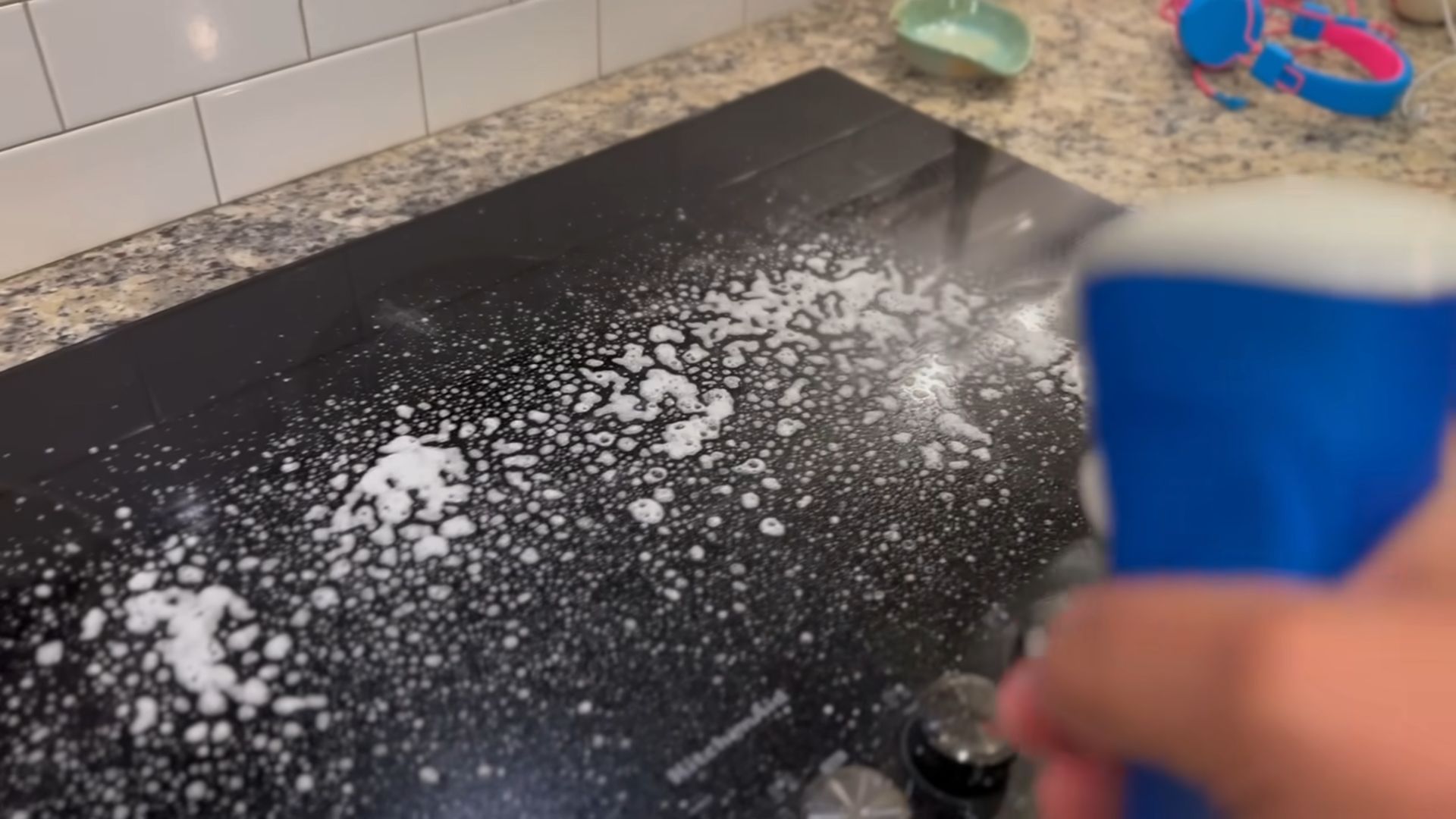
DIY Dawn Powerwash: Save Money and Clean Like a Pro!
Hey everyone! I’m so excited to share this amazing DIY hack with you. I’ve been obsessed with Dawn Powerwash lately, but the refills can get pricey. So, I did some experimenting, and I’ve cracked the code to making your own version at home! It’s super easy, saves you money, and works just as well (if not better!) than the store-bought stuff. Trust me, your dishes (and your wallet) will thank you.
What You’ll Need
Before we dive in, let’s gather our supplies. This is a pretty simple recipe, so you probably already have most of these things on hand.
* Dawn Dish Soap (Original Blue): This is the key ingredient! The original blue formula seems to work best.
* Rubbing Alcohol (Isopropyl Alcohol, 70% or higher): This helps with drying and sanitizing.
* Water (Distilled or Filtered): Using distilled or filtered water will prevent mineral buildup in your spray bottle.
* Spray Bottle: You can reuse an old Dawn Powerwash bottle (cleaned thoroughly, of course!) or buy a new one. A good quality spray bottle is essential for even distribution.
* Measuring Cups and Spoons: For accurate measurements.
* Funnel (Optional): Makes pouring easier and less messy.
Why This Works
The magic of Dawn Powerwash lies in its ability to quickly cut through grease and grime. The combination of Dawn dish soap and rubbing alcohol creates a powerful cleaning solution that dries quickly and leaves your dishes sparkling. The alcohol also acts as a disinfectant, which is a bonus!
Step-by-Step Instructions: Making Your DIY Dawn Powerwash
Alright, let’s get to the fun part! Here’s how to make your own Dawn Powerwash:
1. Prepare Your Spray Bottle: If you’re reusing an old Dawn Powerwash bottle, make sure it’s completely empty and thoroughly cleaned. Rinse it out several times with hot water to remove any residue. If you’re using a new spray bottle, give it a quick rinse as well.
2. Measure the Rubbing Alcohol: Pour 1/3 cup of rubbing alcohol into your measuring cup.
3. Add the Dawn Dish Soap: Now, add 1/3 cup of Dawn dish soap to the same measuring cup.
4. Combine the Ingredients: Gently pour the rubbing alcohol and Dawn dish soap into your spray bottle. A funnel can be really helpful here to avoid spills.
5. Add the Water: Carefully pour 1/3 cup of distilled or filtered water into the spray bottle.
6. Close and Shake Gently: Secure the spray nozzle onto the bottle and gently shake the mixture to combine all the ingredients. Avoid shaking too vigorously, as this can create excessive bubbles.
7. Test and Adjust (If Needed): Give your DIY Powerwash a test spray in the sink. If it seems too thick, you can add a little more water, a tablespoon at a time, until you reach your desired consistency. If it seems too watery, add a little more Dawn.
Using Your DIY Dawn Powerwash
Now that you’ve made your own Powerwash, let’s talk about how to use it!
1. Spray Directly onto Dishes: Spray the Powerwash directly onto your dirty dishes, pots, and pans. You don’t need a ton – a light coating is usually enough.
2. Let it Sit (Optional): For heavily soiled items, let the Powerwash sit for a few minutes to help loosen the grime.
3. Wash as Usual: Wash your dishes with a sponge or dishcloth, just like you normally would. You’ll be amazed at how easily the grease and food particles come off!
4. Rinse Thoroughly: Rinse your dishes thoroughly with clean water to remove any soap residue.
5. Air Dry or Towel Dry: Let your dishes air dry or dry them with a clean towel.
Tips and Tricks for the Best Results
Here are a few extra tips to help you get the most out of your DIY Dawn Powerwash:
* Experiment with Ratios: The 1:1:1 ratio of rubbing alcohol, Dawn, and water works well for most people, but you can adjust it to suit your preferences. If you find it’s not cutting through grease as well as you’d like, try adding a little more Dawn.
* Use Warm Water: Warm water helps to dissolve grease and grime more effectively than cold water.
* Pre-Soak Stubborn Dishes: For really tough messes, like baked-on food, try pre-soaking your dishes in hot water with a squirt of your DIY Powerwash.
* Clean Your Sink: Don’t forget to use your Powerwash to clean your sink! It works great on stainless steel and porcelain.
* Avoid Using on Certain Surfaces: While this DIY Powerwash is generally safe for most surfaces, avoid using it on delicate or porous materials like wood, marble, or granite. Always test in an inconspicuous area first.
* Storage: Store your DIY Dawn Powerwash in a cool, dry place away from direct sunlight. It should last for several months.
* Label Your Bottle: Make sure to label your spray bottle clearly so you don’t accidentally use it for something else!
Troubleshooting
Sometimes, things don’t go exactly as planned. Here are a few common issues you might encounter and how to fix them:
* Spray Bottle Clogs: If your spray bottle clogs, try rinsing the nozzle with hot water. You can also use a small pin or needle to clear any blockages.
* Solution is Too Thick: If your Powerwash is too thick and doesn’t spray properly, add a little more water, a tablespoon at a time, until you reach your desired consistency.
* Solution is Too Watery: If your Powerwash is too watery and doesn’t clean effectively, add a little more Dawn dish soap, a tablespoon at a time.
* Smell is Too Strong: The rubbing alcohol smell can be a bit strong for some people. If you find it overpowering, you can add a few drops of your favorite essential oil to the mixture. Lemon, orange, or lavender essential oils work well.
Beyond Dishes: Other Uses for Your DIY Powerwash
The beauty of this DIY Powerwash is that it’s not just for dishes! Here are a few other ways you can use it around your home:
* Cleaning Kitchen Counters: Spray it on your kitchen counters and wipe clean with a damp cloth.
* Cleaning Appliances: Use it to clean your stovetop, microwave, and refrigerator.
* Cleaning Bathroom Surfaces: It works great on bathroom sinks, toilets, and showers.
* Removing Stains from Clothing: Spray it on stains before washing your clothes.
* Cleaning Car Interiors: Use it to clean your car’s dashboard, seats, and carpets. (Test in an inconspicuous area first!)
* Cleaning Toys: It’s a safe and effective way to clean your children’s toys.
Safety Precautions
While this DIY Powerwash is generally safe, it’s always a good idea to take a few safety precautions:
* Keep Out of Reach of Children: Store your Powerwash in a safe place where children cannot access it.
* Avoid Contact with Eyes: If the solution gets in your eyes, rinse thoroughly with water.
* Do Not Ingest: This is not a food product! Do not ingest it.
* Test on Inconspicuous Areas: Before using the Powerwash on any new surface, test it in an inconspicuous area to make sure it doesn’t cause any damage or discoloration.
Cost Comparison: DIY vs. Store-Bought
Let’s break down the cost savings of making your own Dawn Powerwash.
* Store-Bought Dawn Powerwash Refill: A refill typically costs around $5-$7.
* DIY Dawn Powerwash Ingredients:
* Dawn Dish Soap: A large bottle costs around $3-$4 and will last for many batches.
* Rubbing Alcohol: A bottle costs around $2-$3 and will also last for many batches.
* Water: Essentially free if you’re using filtered water.
As you can see, the cost of making your own Dawn Powerwash is significantly lower than buying refills. You’ll save money in the long run, especially if you use it frequently.
Final Thoughts
I hope you found this DIY Dawn Powerwash recipe helpful! It’s a simple, affordable, and effective way to keep your dishes and home clean. Give it a try and let me know what you think in the comments below! Happy cleaning!
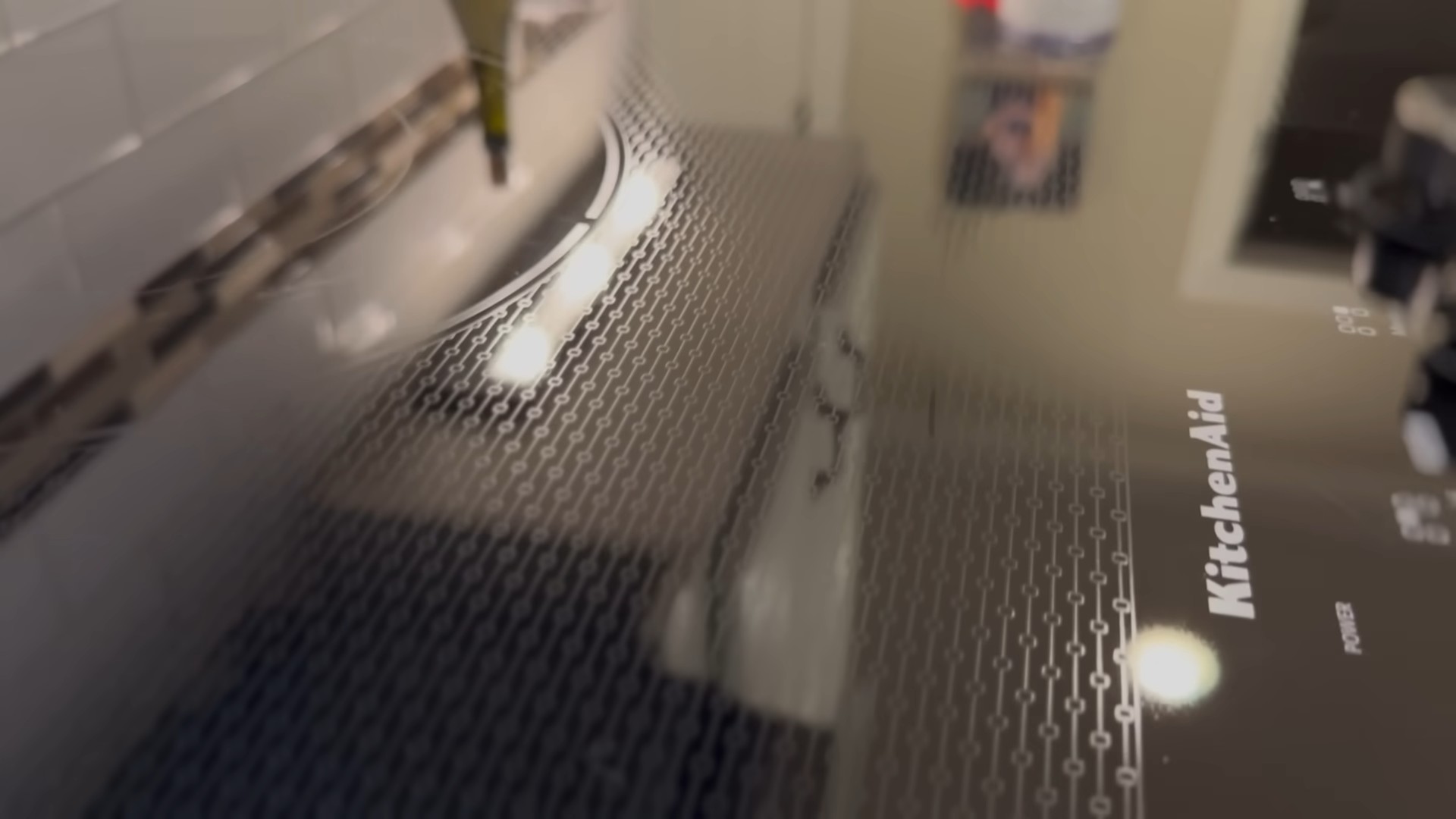
Conclusion
So, there you have it! Ditching the store-bought spray and embracing this DIY Dawn Powerwash recipe is more than just a cost-effective alternative; it’s a game-changer for your cleaning routine. We’ve walked you through the simple steps, highlighting how easy it is to create a powerful cleaning solution that rivals, and in some cases surpasses, the commercial version.
But why is this a must-try? Beyond the obvious savings, you gain complete control over the ingredients. No more deciphering lengthy labels filled with unpronounceable chemicals. You know exactly what’s going into your spray bottle, allowing you to tailor the formula to your specific needs and preferences. This is especially beneficial for those with sensitivities to certain fragrances or ingredients commonly found in commercial cleaners.
Think about it: you can adjust the concentration of Dawn dish soap for tackling particularly greasy messes, or add a few drops of your favorite essential oil for a refreshing, natural scent. Imagine a lemon-infused Powerwash for your kitchen, or a lavender-scented version for your bathroom. The possibilities are truly endless!
Speaking of variations, consider adding a tablespoon of rubbing alcohol to your DIY Dawn Powerwash recipe for extra disinfecting power. This is particularly useful for cleaning surfaces that come into contact with food, like countertops and cutting boards. Another option is to incorporate a small amount of white vinegar for its descaling properties, perfect for tackling hard water stains in your bathroom. Just remember to always test any new cleaning solution in an inconspicuous area first to ensure it doesn’t damage the surface.
This DIY approach also promotes sustainability. By refilling your existing spray bottles, you’re reducing plastic waste and contributing to a more environmentally friendly lifestyle. It’s a small change that can make a big difference.
We understand that trying something new can sometimes feel daunting, but trust us, this DIY Dawn Powerwash recipe is incredibly simple and rewarding. The satisfaction of creating your own effective cleaning solution, tailored to your needs, is truly unmatched.
So, what are you waiting for? Gather your ingredients, grab a spray bottle, and give this DIY trick a try. We’re confident that you’ll be amazed by the results. And most importantly, we want to hear about your experience! Share your tips, variations, and success stories in the comments below. Let’s build a community of DIY cleaning enthusiasts and revolutionize the way we clean our homes, one spray bottle at a time. Let us know what surfaces you found it most effective on, or if you discovered any unique scent combinations that you absolutely love. Your feedback is invaluable and helps us all learn and improve together. Embrace the power of DIY and discover the joy of a cleaner, healthier home!
Frequently Asked Questions (FAQ)
Is this DIY Dawn Powerwash recipe as effective as the store-bought version?
Yes, in many cases, it can be even more effective! The key is to use the correct ratio of ingredients and to adjust the concentration of Dawn dish soap based on the type of mess you’re tackling. Many users report that the DIY version cleans just as well, if not better, than the commercial product, especially when customized with additional ingredients like rubbing alcohol or vinegar. The effectiveness also depends on the type of Dawn dish soap you use. Original Dawn is generally recommended for its grease-cutting power.
What type of Dawn dish soap should I use for this recipe?
Original Dawn dish soap is generally considered the best choice for this DIY recipe due to its superior grease-cutting abilities. However, you can experiment with other varieties of Dawn, such as Dawn Platinum, for potentially even better results. Avoid using Dawn Ultra, as it may be too concentrated and require further dilution. Ultimately, the best type of Dawn for you will depend on your personal preferences and the types of messes you typically encounter.
Can I use this DIY Dawn Powerwash recipe on all surfaces?
While this recipe is generally safe for most surfaces, it’s always a good idea to test it in an inconspicuous area first, especially on delicate or painted surfaces. Avoid using it on porous materials like unfinished wood, as it may cause staining. It’s also not recommended for use on electronics or screens. For surfaces like granite or marble, use caution and dilute the solution further to prevent damage. Always refer to the manufacturer’s instructions for cleaning specific surfaces.
How long does this DIY Dawn Powerwash recipe last?
This DIY solution typically lasts for several weeks or even months when stored properly in a sealed spray bottle. However, it’s best to use it within a few months to ensure optimal effectiveness. Over time, the ingredients may start to separate or lose their potency. If you notice any changes in the appearance or smell of the solution, it’s best to discard it and make a fresh batch.
Can I add essential oils to this recipe?
Yes, adding essential oils is a great way to customize your DIY Dawn Powerwash recipe and create a more pleasant cleaning experience. Lemon, lavender, tea tree, and eucalyptus are all popular choices for their cleaning and disinfecting properties. However, be sure to use high-quality essential oils and add them sparingly, as some oils can be irritating to the skin or damage certain surfaces. A few drops are usually sufficient to add a subtle fragrance and enhance the cleaning power of the solution.
Is this DIY Dawn Powerwash recipe safe for pets and children?
While this recipe is generally considered safe, it’s important to keep it out of reach of children and pets. Dawn dish soap can be irritating if ingested, and some essential oils can be toxic to animals. Store the solution in a clearly labeled spray bottle and avoid spraying it directly onto pets or children. If accidental ingestion occurs, contact a medical professional or veterinarian immediately.
Can I use this recipe to clean my oven?
While this DIY Dawn Powerwash recipe can be used to clean lightly soiled ovens, it’s not recommended for heavily soiled ovens with baked-on grease and grime. For tough oven cleaning jobs, you may need a stronger cleaning solution or a dedicated oven cleaner. If you do decide to use this recipe on your oven, be sure to turn off the oven and allow it to cool completely before spraying the solution. Wipe down the interior of the oven with a damp cloth after cleaning to remove any residue.
What is the best way to store this DIY Dawn Powerwash recipe?
The best way to store this DIY solution is in a clean, airtight spray bottle in a cool, dark place. Avoid storing it in direct sunlight or extreme temperatures, as this can cause the ingredients to degrade. Be sure to label the bottle clearly to avoid confusion with other cleaning products.
Can I use this recipe to clean my car?
Yes, this DIY Dawn Powerwash recipe can be used to clean your car’s interior and exterior. However, it’s important to dilute the solution further when cleaning your car’s paint to prevent damage. Avoid using it on leather or suede surfaces, as it may cause staining. Always test the solution in an inconspicuous area first to ensure it doesn’t damage the surface.
What if I don’t have a spray bottle? Can I still use this recipe?
While a spray bottle is the most convenient way to use this DIY solution, you can still use it without one. Simply mix the ingredients in a bucket or bowl and use a sponge or cloth to apply the solution to the surface you want to clean. Be sure to wear gloves to protect your hands from irritation.


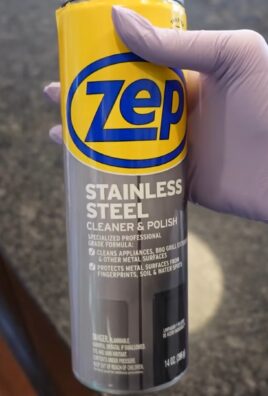
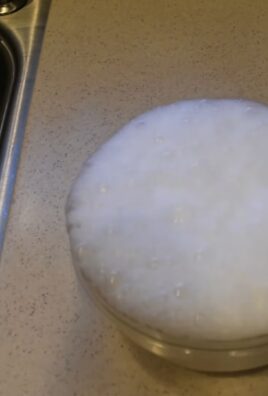
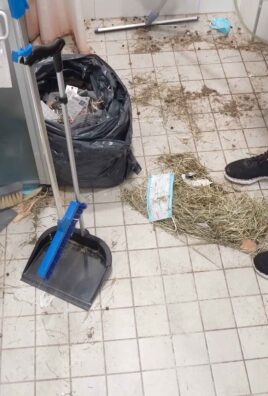
Leave a Comment